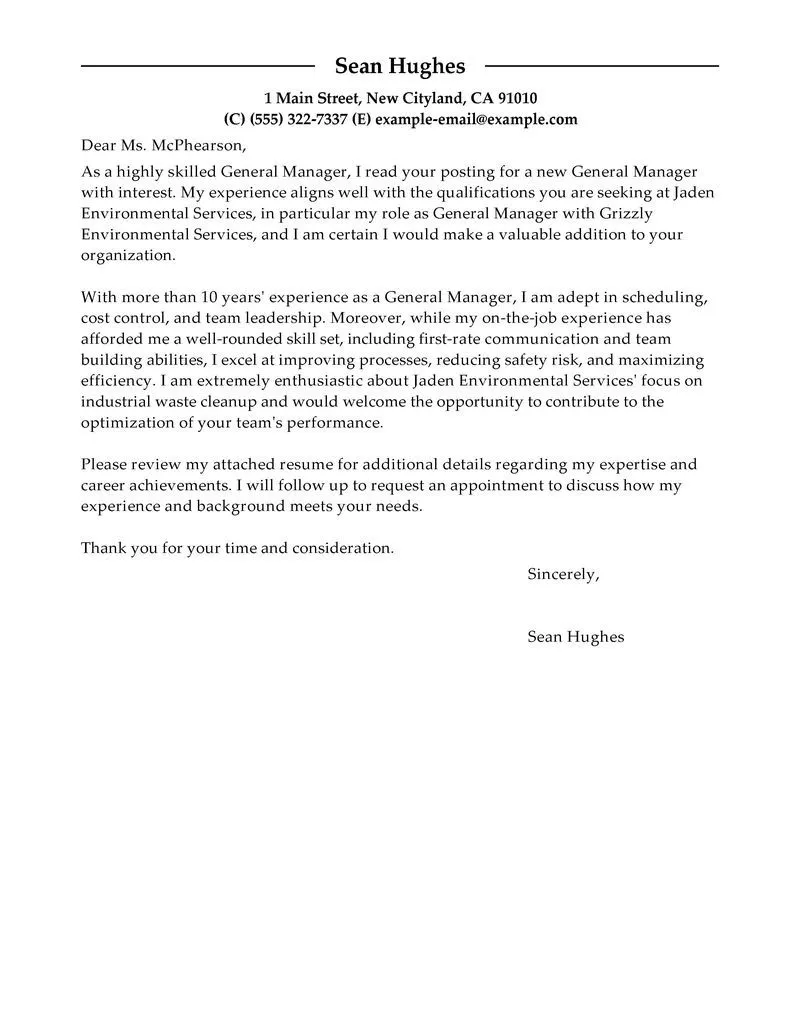Why a Cover Letter Matters
In today’s competitive job market, a cover letter is more than just a formality — it’s your first opportunity to make a strong impression. While your resume provides a snapshot of your experience, a cover letter allows you to tell a story, highlighting your skills and enthusiasm in a way that a resume cannot. It’s a chance to connect with the hiring manager on a personal level and demonstrate why you are the perfect fit for the role. A well-crafted cover letter can significantly increase your chances of getting an interview, setting you apart from other applicants who might only submit a resume. It is not optional; is essential!
Highlighting Your Value Proposition
Your cover letter is your chance to clearly articulate your value proposition to the employer. This involves concisely explaining what you can offer the company and how your skills and experience align with their needs. Think of it as a marketing document, where you’re selling yourself as the solution to their problems. Identify the key requirements mentioned in the job description and provide specific examples of how you’ve successfully demonstrated those skills in the past. The goal is to convince the hiring manager that you’re not just qualified, but that you’re the best candidate.
Tailoring Your Cover Letter
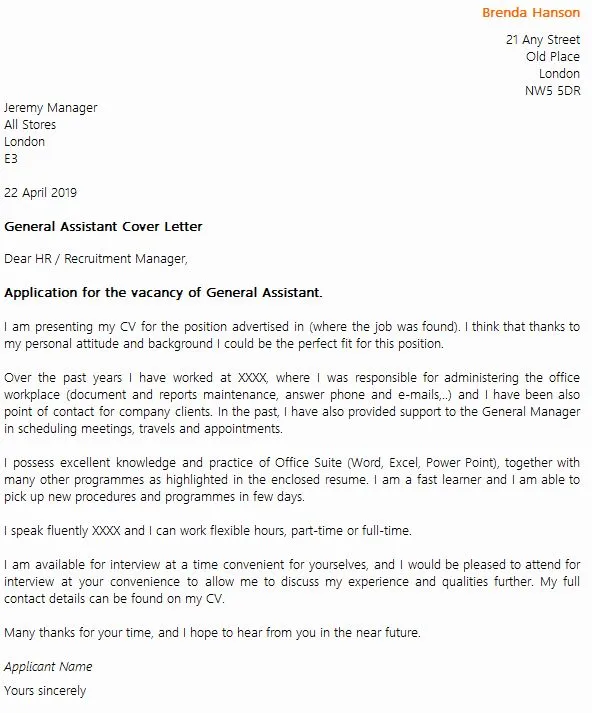
Generic cover letters rarely impress. Customization is key to showcasing your genuine interest and understanding of the specific role and company. Demonstrate that you’ve taken the time to research the company and the position. This shows initiative and a proactive approach. Tailoring your cover letter involves more than just changing the company name; it requires adapting the content to reflect the specific requirements and expectations outlined in the job description and company values.
Understanding the Job Description
Carefully analyze the job description, identifying the key skills, experiences, and qualifications the employer is seeking. Use the job description as a guide, highlighting how your skills and experiences align with their needs. Make sure you are targeting specific key words the job description provides, but always using your own personal style.
Researching the Company
Before writing your cover letter, research the company’s mission, values, and recent achievements. Show that you understand their business and how you can contribute to their goals. Mentioning specific company initiatives or projects demonstrates your genuine interest and shows that you’ve gone the extra mile. Check on LinkedIn for relevant information on the company and the people who work there.
Cover Letter Structure

A well-structured cover letter is easy to read and conveys your message effectively. The structure ensures a logical flow, making it easy for the hiring manager to understand your qualifications and enthusiasm. Your cover letter should contain an introduction, body paragraphs, and a conclusion. Each section plays a crucial role in showcasing your skills, experience, and interest in the position.
The Introduction Grab Attention
Your introduction is your first and possibly only opportunity to capture the reader’s attention. Instead of a generic opening, start with a hook that immediately grabs their interest. This could be a compelling statement about your passion for the industry, a brief summary of your most relevant experience, or a mention of a mutual connection. The goal is to make the hiring manager want to read more. Avoid cliché phrases. Be direct and clearly state the position you are applying for and where you found the job posting.
Body Paragraphs Showcasing Skills
The body paragraphs should highlight your relevant skills and experiences, demonstrating how they align with the job requirements. Use specific examples to illustrate your achievements. Instead of simply listing your responsibilities, focus on the results you achieved. Quantify your accomplishments whenever possible to provide concrete evidence of your capabilities. This could be metrics like increased sales, improved efficiency, or successful project completion.
Quantifying Achievements
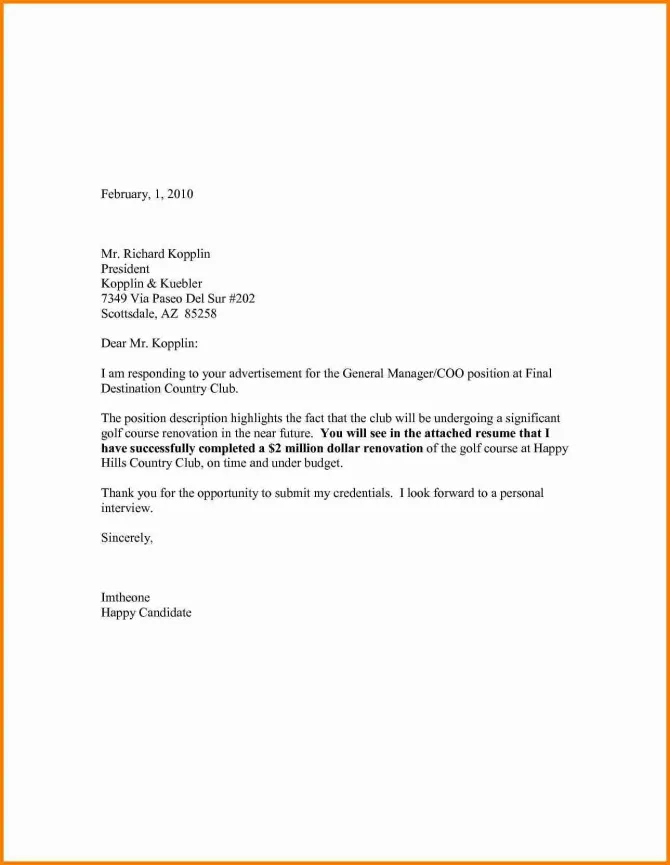
Use numbers and data to illustrate your impact. For example, instead of saying “Managed social media campaigns,” say “Increased social media engagement by 40% in six months.” Provide concrete examples that demonstrate your impact. Be specific about what you achieved and how you did it. Quantifying your achievements will make your accomplishments more convincing and memorable.
Using Action Verbs
Start your bullet points and descriptions with strong action verbs to make your accomplishments more dynamic and impactful. Some examples are: ‘Led’, ‘Managed’, ‘Developed’, ‘Implemented’, ‘Achieved’, ‘Increased’, ‘Reduced’, ‘Improved’, ‘Created’, ‘Designed’. Action verbs immediately grab the reader’s attention and clearly demonstrate your capabilities. This active language makes your cover letter more engaging and shows you are a proactive candidate.
The Closing Call to Action
Conclude your cover letter with a clear call to action. Express your enthusiasm for the position and reiterate your interest in an interview. Provide your contact information. Always thank the hiring manager for their time and consideration. This shows professionalism and leaves a positive final impression. Close with a confident statement that reinforces your suitability for the role.
Formatting and Presentation
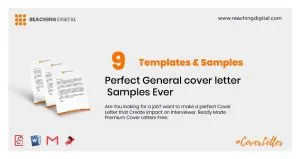
The visual presentation of your cover letter is as important as its content. Formatting and presentation include the font, font size, and layout. A well-formatted cover letter is easy to read and leaves a positive impression. Choose a font and format that is professional and easy to read. Make sure the layout is clean and organized. Formatting mistakes reflect poorly on the applicant.
Choosing the Right Font and Size
Select a professional and readable font such as Arial, Times New Roman, or Calibri, in a font size of 11 or 12 points. Keep the formatting consistent throughout the document. Avoid using overly decorative fonts that can distract from the content. Use a standard font size that is easily readable. Ensure consistent formatting of headings, bullet points, and paragraphs throughout the entire cover letter.
Proofreading and Editing
Proofread your cover letter carefully for any errors in grammar, spelling, and punctuation. A single mistake can undermine your credibility. Read it aloud to catch any awkward phrasing or grammatical errors. Always proofread and edit your cover letter. Ask a friend or colleague to review it for a fresh perspective. Multiple revisions can help identify errors you may have missed.
Common Cover Letter Mistakes to Avoid
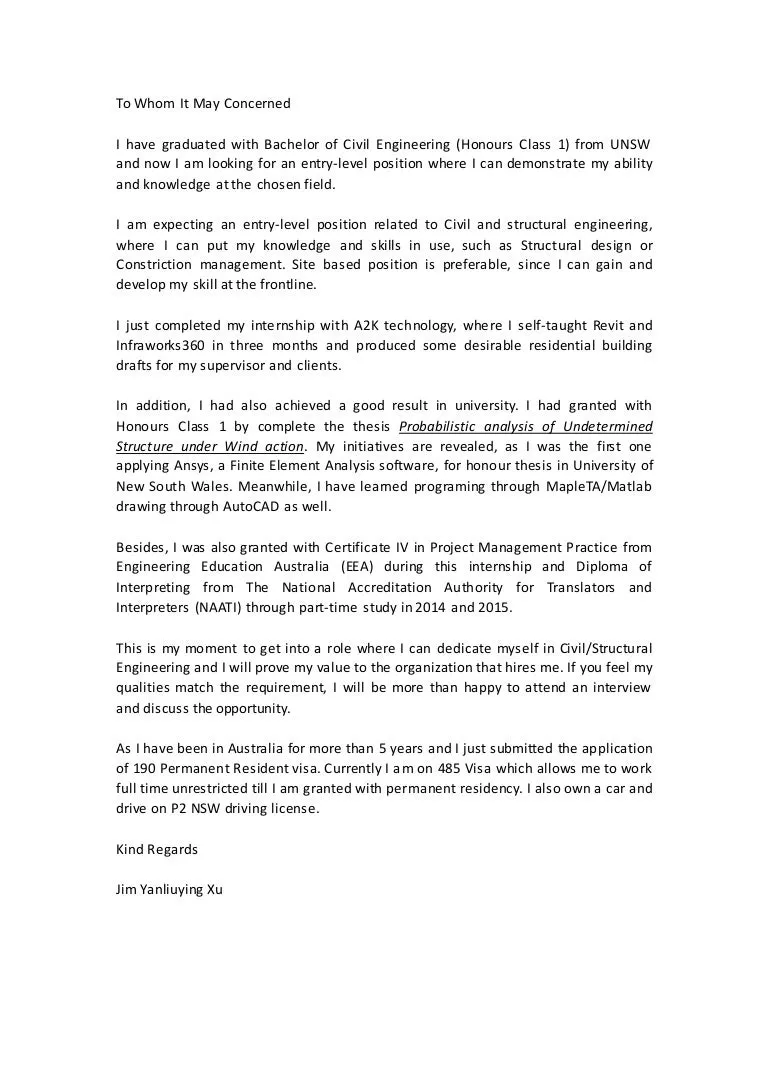
Several common mistakes can significantly reduce the effectiveness of your cover letter. Being aware of these pitfalls will help you avoid making them, ensuring your cover letter is polished and professional. Your cover letter should reflect that you have taken the time to make it specific to the job.
Generic Cover Letters
Avoid using generic cover letters that are not tailored to the specific job or company. Generic cover letters show a lack of effort and can make you appear uninterested in the position. Take the time to customize each cover letter to the specific job. Show that you have put in the time and effort to understand what the employer is looking for.
Typos and Grammatical Errors
Typos and grammatical errors undermine your credibility. Proofread your cover letter carefully before submitting it. Use spell-check and grammar-check tools. Proofread at least twice. Ask a friend to review it for errors. A flawless cover letter demonstrates your attention to detail and professionalism.
Lack of Enthusiasm
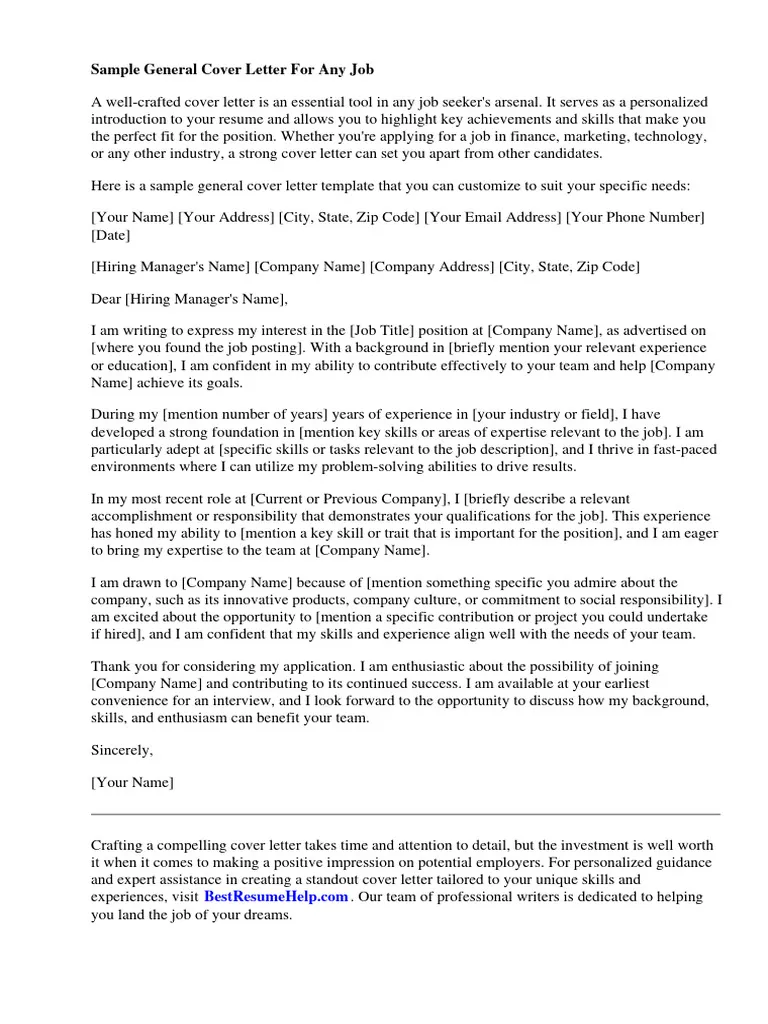
Avoid writing a cover letter that is bland and uninspired. Show your enthusiasm and excitement for the position. Use positive language and highlight your passion for the work. Make it clear why you are interested in the job and what you hope to achieve in the role. A cover letter is a great way to show your interest and desire for the role.
Cover Letter Examples
Reviewing example cover letters can provide valuable insights into different writing styles and formats. It’s crucial to adapt these examples to fit your unique experiences and the specific job requirements. Analyze how different cover letters are written. Try different formats and writing styles to ensure the one you choose is the best for you. Adapt and tailor these examples to fit the specific job.
Example 1 Cover Letter for Marketing Position
Dear [Hiring Manager Name], I am writing to express my enthusiastic interest in the Marketing Specialist position at [Company Name], as advertised on [Platform]. With five years of experience in developing and executing successful marketing campaigns, I am confident that my skills and experience align perfectly with the requirements of this role. In my previous role at [Previous Company], I spearheaded a social media campaign that increased engagement by 40% in six months. I am eager to bring my expertise to [Company Name] and contribute to your continued success. Thank you for your time and consideration. Sincerely, [Your Name]
Example 2 Cover Letter for Software Engineer
Dear [Hiring Manager Name], I am writing to apply for the Software Engineer position at [Company Name], as advertised on [Platform]. With a strong background in software development and a passion for creating innovative solutions, I am confident that I possess the skills and experience necessary to excel in this role. In my previous role at [Previous Company], I led the development of a new software feature that improved user satisfaction by 30%. I am excited about the opportunity to contribute to [Company Name]’s software development efforts. Thank you for your time and consideration. Sincerely, [Your Name]
Example 3 Cover Letter for Project Manager
Dear [Hiring Manager Name], I am writing to express my interest in the Project Manager position at [Company Name], as advertised on [Platform]. With a proven track record of successfully managing complex projects and delivering results on time and within budget, I am confident that I can make a significant contribution to your team. In my previous role at [Previous Company], I managed a project that was completed 15% under budget. I am eager to leverage my project management skills to help [Company Name] achieve its goals. Thank you for your time and consideration. Sincerely, [Your Name]
